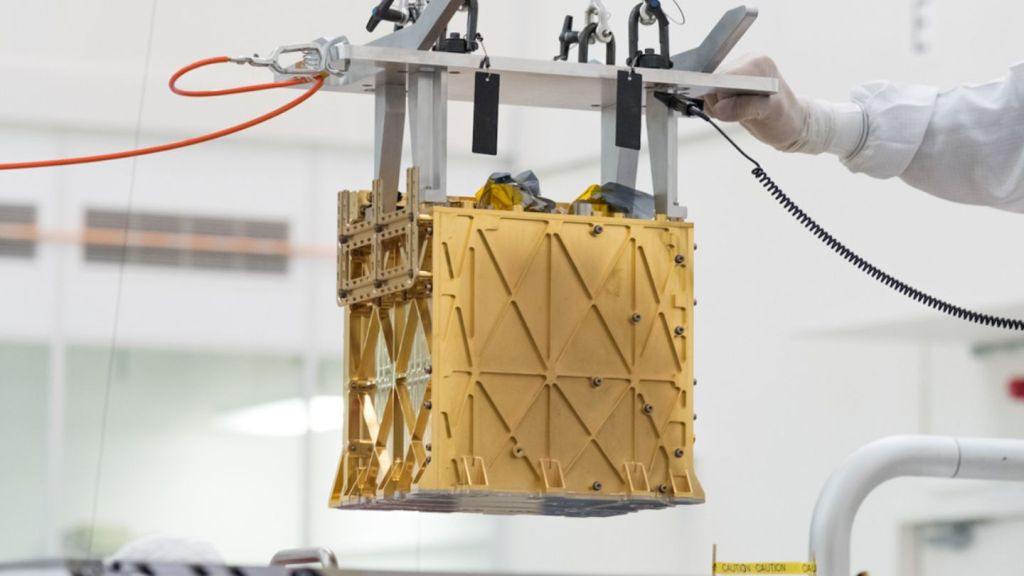The ozone hole, an infamous gap in a critical atmospheric layer over Antarctica, is smaller this year than at any time in its recorded history, NASA reported on Monday.
While this is a welcome positive story about the environment—people have been freaking out over the ozone hole since before Smashmouth immortalized it in the lyrics for All Star— the new measurement cannot solely be attributed to human efforts to prevent ozone depletion. In fact, abnormal weather mostly contributed to the hole’s reduced size.
Videos by VICE
“It’s great news for ozone in the Southern Hemisphere,” said Paul Newman, chief scientist for Earth Sciences at NASA’s Goddard Space Flight Center, in a statement. “But it’s important to recognize that what we’re seeing this year is due to warmer stratospheric temperatures. It’s not a sign that atmospheric ozone is suddenly on a fast track to recovery.”
Ozone is a molecule with three oxygen atoms that is abundant in gas form in the ozone layer, a part of the atmosphere located roughly seven to 25 miles above our planet’s surface. Ozone gas plays an important role in shielding life on Earth from the Sun’s damaging ultraviolet radiation. The ozone layer absorbs these UV rays as they enter the atmosphere, and prevents them from reaching the ground.
During the 1980s, scientists realized that the ozone layer was becoming rapidly depleted around the South Pole. Their research linked this trend directly to the use of human chemical pollutants, especially chlorofluorocarbons (CFCs) common in products such as aerosol sprays, pesticides, and flame retardants.
If the hole continued to grow, scientists predicted that the increased radiation could cause a spike in rates of skin cancer in humans and would damage many ecosystems with inadequate resilience to UV radiation.
As a result, CFCs and other pollutants were banned as part of the Montreal Protocol on Substances that Deplete the Ozone Layer in 1987. The Montreal Protocol is often held up as a major international environmental success story because it has led to a slow recovery of the ozone layer in Antarctica.
In an average year, the ozone hole grows to about eight million square miles in September and October. But on September 8, 2019, it maxed out for the year at 6.3 million square miles. This is part of the ozone recovery trend that has been confirmed in recent years, but has more to do with higher-than-normal temperatures in Antarctica that disfavored ozone depletion.
September and October mark the Southern Hemisphere’s transition from winter to spring, which drives the formation of the hole. Ozone is most depleted over the Antarctic because of the extremely cold clouds that form in the wintery polar vortex at the South Pole. When the Sun’s springtime rays start to warm the clouds, chlorine molecules from human-made pollutants break up ozone molecules at high rates, causing the annual hole to form in the ozone layer.
Because stratospheric temperatures were about 16˚C warmer on average this spring, the impacts of the polar vortex on yearly ozone loss was mitigated.
Scientists aren’t sure if this extra-warm season is linked to climate change, but NASA, NOAA, and other agencies and institutions will continue to monitor ozone depletion at least until the Antarctic hole returns to its 1980 size. That recovery is expected to happen by 2070, provided the world continues to honor the Montreal Protocol.




